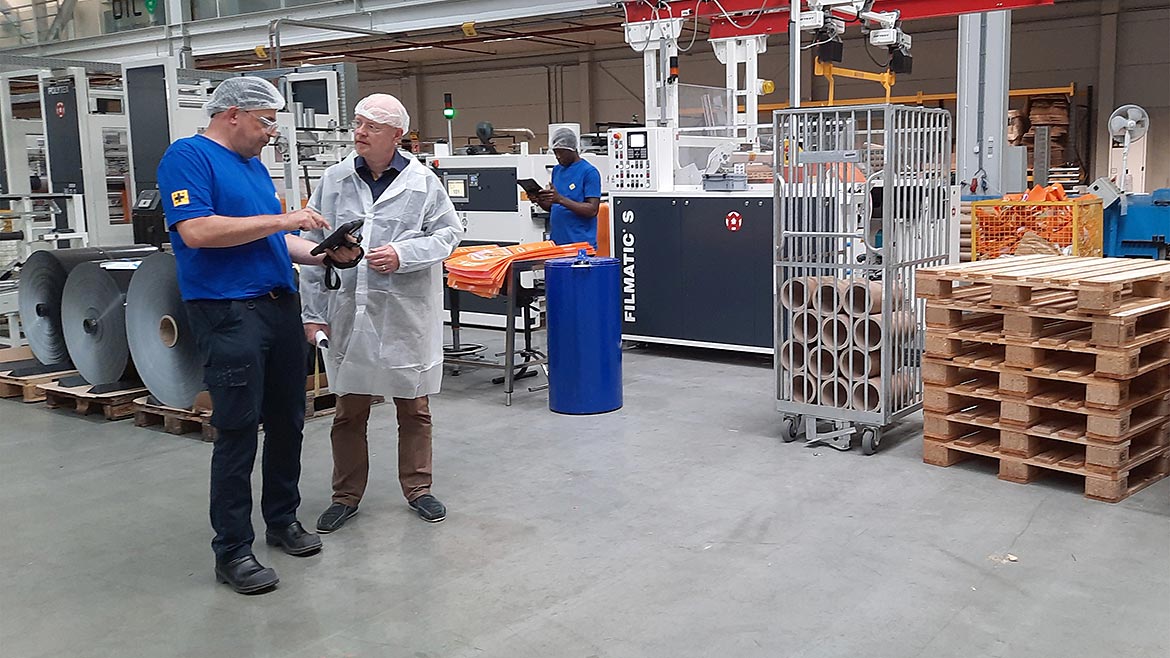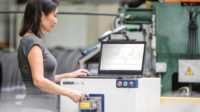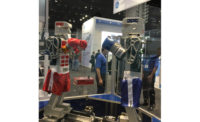Even with accessible technology developed to support their growth, the sad truth is that only a few manufacturers have fully explored the power of automation. The majority are still figuring out the best way to get started. At first sight, this latter group may be considered cautious in their attempt to find what best fits their organization. However, postponing automation - or even worse - deciding against it, can easily prove destructive. With the manufacturing world facing supply chain bottlenecks, labor shortages, and raw material shortages, the switch to digital must happen. So, if automation is a logical next step that could make a difference, why do manufacturers back away?
A Step Into The Great Unknown
With outdated systems, error-prone manual work, and a never-ending paper trail, many factories fall short of the image of the smart factory. The comfortable decision to stick to what you know endangers the quality of the products manufactured. Even worse, if manufacturers are not moving the needle on automation, chances are high that they’re not going to be competitive in the next five to ten years.
For some manufacturers this decision is driven by fear: “I don’t want a cloud solution, because what would happen if our internet connection were disrupted?” Others are just not digitally savvy and feel overwhelmed by the plethora of technologies to choose from.
Whatever the reason for delaying the jump to digital, sticking to the ‘old ways’ is a dead-end street. It will cause you to miss out on opportunities and keep the factory performing at significantly lower than its true capabilities. To prevent this, manufacturers need to overcome their fears and doubts. To do this, they first need to be able to recognize them – even in their subtler forms. Let’s look at some of the roadblocks they are facing.
Organizational Culture
Building and running a factory is a long-term endeavor and requires a culture of reliability, caution, consistency, and longevity. Traditional investments in OT (Operational Technology) mirror this culture. In contrast, the culture of IT is all about agility, frequent changes, experiments and improved user experience. For people that were raised in the OT culture, IT culture is perceived as risky and short-lived. For those in IT, OT culture is perceived as conservative and stagnant.
There is wisdom in both cultures, of course. Without bridging the gap between them, manufacturers run the danger of missing the digitization boat. To shift perspectives, manufacturing leadership must embrace and promote automation and create an achievable roadmap for it.
Not Delivering And Sustaining Progress
As digitization is new to many manufacturers, it’s easy to fall back to their old (OT) ways. Treating IT projects the same way as OT projects is exactly how years-long ERP implementation projects got their bad rep. IT projects need to be managed in a more agile way: running smaller experiments, scaling those that work, and abandoning those that don’t. Accepting that failure is part of learning is key to successful digitization projects. “Think big, start small, and scale fast” applies very well to digital transformation in manufacturing.
It helps to think that even automating a single process can trigger change. Automation should start with manufacturers digitizing their core processes before considering shiny new toys and skipping way ahead. And (preaching to the converted) quality management is a fantastic starting point for many digitization efforts!

Smart factories can increase manufacturers’ competitiveness.
Siloed Developments
Each silo within manufacturing organizations has different needs and attitudes towards digitization, which often translates into disjointedness in how technology is being used. Say a new piece of machinery is installed without involving IT. Not connecting the machine to the IT systems means it is probably not leveraging all its capabilities. Similarly, if a quality team digitally collects data about different production lines, the maintenance team can use that data to detect early signals of failure.
To bridge silos, manufacturers need to embrace a holistic approach to automation. Digitization needs to be owned by an executive sponsor. Introducing new technology and a full-on transition towards modernization is hard for a single silo. Instead, the CIO or COO could be the collaboration leader to pull the different silos towards a common goal. If leadership invests in the plant’s maturity, the focus will shift from reacting to preventing and from stop-gap solutions to long-term ones.
Cost And Related Challenges
Manufacturers are used to big CAPEX expenses: investing in machines and robots to boost productivity. Yet, substantial OPEX spend on subscription-based software that automates routine tasks (usually at a fraction of the average CAPEX expense) still seems quite scary.
To change their mindset of investments, manufacturers need to consider the benefits of automation and how it helps their entire organization. Comparing emerging tech to traditional systems, they will better understand value, robustness, and flexibility. Automation using no-code and low-code systems, for example, gives manufacturers full flexibility to tailor the system according to changing organizational needs while using citizen developers.
When implementing new tech, manufacturers need to consider a buffer period and accept they may not see an immediate ROI. Still, they should use this time to understand systems, and learn best practices moving forward.
Fight Or Flight?
Despite the fears mentioned above, manufacturers have a lot to gain from automation. While there are many ways to address these roadblocks, here are a few helpful tips:
- Have an executive be the linchpin of automation, promote its benefits and create an achievable roadmap for it
- Invest in culture before you invest in modernization
- Have teams discuss their future, ask difficult questions, and consider the impact of what’s happening in the manufacturing world
- Help teams find common ground so that they understand why alignment needs to happen
- When automating, start with the basics: automate the core processes first before venturing into new technology areas
- Choose tech that’s inclusive to involve everyone from shop floor to C-suite




